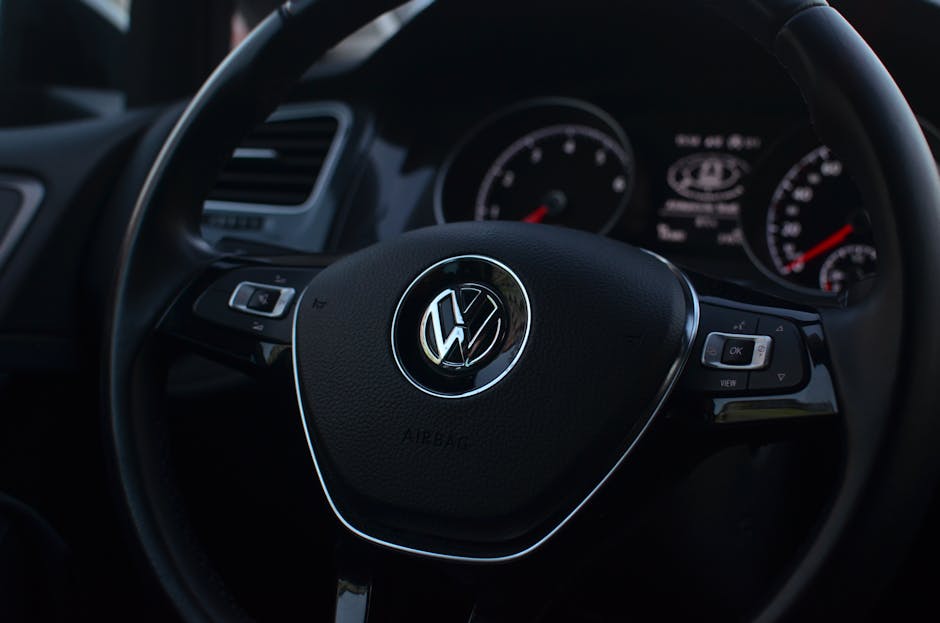How Car Blind Spot Monitors Operate: The Invisible Guardian of Road Safety
Introduction
In the ever-evolving landscape of automotive technology, blind spot monitoring (BSM) systems have emerged as a crucial safety feature, significantly reducing the risk of collisions caused by unseen vehicles. These intelligent systems act as an extra set of eyes, alerting drivers to potential hazards lurking in areas that mirrors cannot fully cover. But how exactly do these systems work? This article delves into the mechanics, sensor technologies, and operational principles behind blind spot monitors, offering a comprehensive understanding of this life-saving innovation.
Understanding Blind Spots
Before exploring how blind spot monitors function, it’s essential to define what a blind spot is. Blind spots are areas around a vehicle that are not visible to the driver through the rearview or side mirrors. Typically, these zones exist:
- Over the left and right shoulders (adjacent lanes)
- Directly behind the rear bumper (especially in larger vehicles)
- At certain angles when changing lanes or merging
Even with properly adjusted mirrors, blind spots can hide motorcycles, compact cars, or fast-approaching vehicles, making lane changes hazardous.
The Core Technology Behind Blind Spot Monitors
Modern blind spot monitoring systems rely on a combination of sensors, radar, cameras, and sophisticated software to detect and warn drivers of nearby vehicles. The most common technologies used include:
1. Radar-Based Systems
Most BSM systems employ short-range radar sensors (24 GHz or 77 GHz) mounted on the rear bumper or side mirrors. These radars emit radio waves that bounce off nearby objects, calculating their distance, speed, and trajectory.
- Detection Range: Typically covers 10–20 feet (3–6 meters) on either side.
- Advantages: Works in all weather conditions (rain, fog, snow).
- Limitations: May struggle with stationary objects or very slow-moving vehicles.
2. Ultrasonic Sensors
Some systems use ultrasonic sensors, similar to those in parking assist systems, to detect nearby objects.
- Detection Range: Shorter than radar (usually within 10 feet).
- Advantages: Cost-effective and useful for low-speed maneuvers.
- Limitations: Less effective at highway speeds.
3. Camera-Based Systems
High-end vehicles may integrate cameras with machine vision algorithms to identify vehicles in blind spots.
- Detection Range: Varies based on camera resolution and software.
- Advantages: Can distinguish between vehicles, pedestrians, and cyclists.
- Limitations: Performance degrades in poor lighting or adverse weather.
4. LiDAR (Emerging Technology)
Some autonomous and high-tech vehicles use LiDAR (Light Detection and Ranging) for precise 3D mapping of surroundings.
- Detection Range: Up to 200 meters with high accuracy.
- Advantages: Excellent object recognition.
- Limitations: Expensive and still rare in consumer vehicles.
How the System Operates
The blind spot monitoring process follows these key steps:
Step 1: Continuous Scanning
The sensors constantly scan the adjacent lanes, measuring the distance and relative speed of approaching vehicles.
Step 2: Data Processing
The vehicle’s onboard computer analyzes the sensor data to determine if an object poses a collision risk.
Step 3: Driver Alert
If a vehicle is detected in the blind spot, the system triggers a warning, which can be:
- Visual: A light indicator on the side mirror or dashboard.
- Auditory: A beep or chime.
- Haptic: Steering wheel or seat vibrations (in advanced systems).
Step 4: Active Intervention (Optional)
Some advanced systems, like Blind Spot Intervention (BSI), can gently steer the car back into the lane or apply brakes if the driver ignores the warning.
Factors Affecting Blind Spot Monitor Performance
While BSM systems are highly effective, their performance can be influenced by:
- Weather Conditions: Heavy rain or snow may interfere with radar signals.
- Vehicle Speed: Some systems deactivate at very low speeds (e.g., parking).
- Sensor Obstruction: Dirt or damage to sensors can reduce accuracy.
- System Calibration: Misaligned sensors may provide false alerts.
Evolution and Future of Blind Spot Monitoring
Blind spot technology continues to advance with innovations such as:
- 360-Degree Camera Systems – Providing a bird’s-eye view of the vehicle.
- V2X Communication – Allowing cars to “talk” to each other for real-time hazard detection.
- AI-Powered Predictive Alerts – Anticipating lane changes before the driver initiates them.
Conclusion
Blind spot monitors represent a remarkable fusion of automotive engineering and artificial intelligence, drastically improving road safety. By leveraging radar, cameras, and ultrasonic sensors, these systems provide drivers with critical awareness of hidden dangers. As technology progresses, future iterations will likely integrate deeper automation, further reducing human error and making driving safer for everyone.
For now, while blind spot monitors are an invaluable aid, drivers should always perform a shoulder check before changing lanes—technology is a helper, not a replacement for vigilance.
Would you like additional details on specific car models with advanced BSM features? Let me know how I can expand this further!

